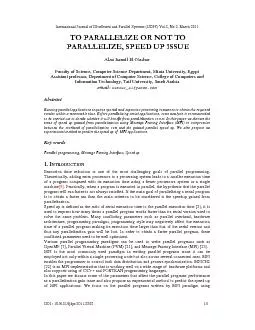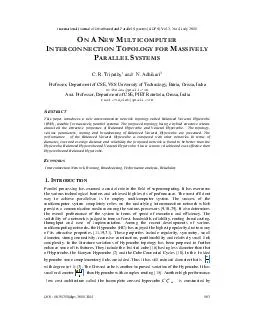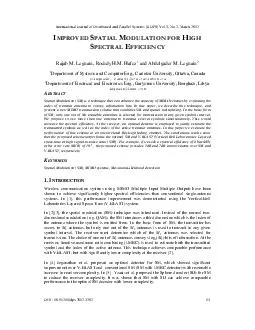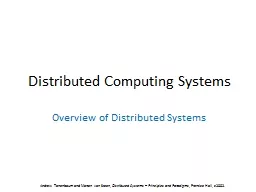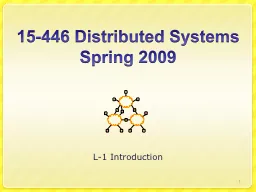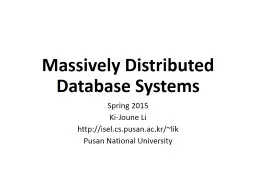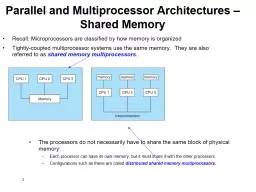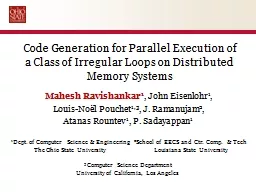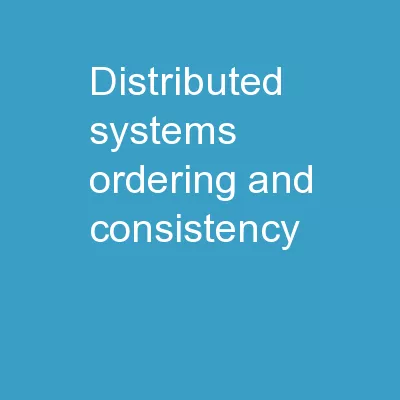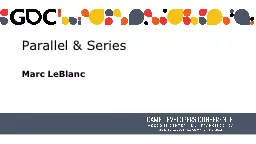PDF-International Journal of Distributed and Parallel Systems (IJDPS) Vol.
Author : olivia-moreira | Published Date : 2015-10-29
9 Practically when a program is executed in parallel the hypothesis that the parallel program will run faster is not always satisfied If the main goal of parallelizing
Presentation Embed Code
Download Presentation
Download Presentation The PPT/PDF document "International Journal of Distributed and..." is the property of its rightful owner. Permission is granted to download and print the materials on this website for personal, non-commercial use only, and to display it on your personal computer provided you do not modify the materials and that you retain all copyright notices contained in the materials. By downloading content from our website, you accept the terms of this agreement.
International Journal of Distributed and Parallel Systems (IJDPS) Vol.: Transcript
Download Rules Of Document
"International Journal of Distributed and Parallel Systems (IJDPS) Vol."The content belongs to its owner. You may download and print it for personal use, without modification, and keep all copyright notices. By downloading, you agree to these terms.
Related Documents

